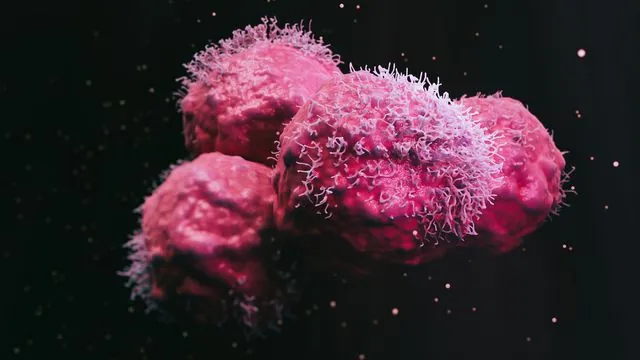
Unveiling Tumor Cell Competition: A Revolutionary Approach to Personalize Multiple Myeloma Treatments!
2024-10-09
Author: Ming
Unveiling Tumor Cell Competition: A Revolutionary Approach to Personalize Multiple Myeloma Treatments!
In the fierce world of cancer, tumors can be likened to complex ecosystems where various cell populations vie for survival. Recent groundbreaking research by CNIO's Larissa Haertle introduces a cutting-edge technique known as Clonal Competition Assays, which visibly tracks the evolutionary battle among tumor cells in real time. This innovative approach empowers scientists to observe how different cancer cell populations adapt and resist treatments until one ultimately prevails.
This method utilizes a colorful strategy: distinct tumor cell populations are stained with varying colors and grown together under different treatment conditions. Over time, researchers can visually identify which cell population emerges dominant, indicating its genetic superiority in resisting specific therapies.
Understanding Heterogeneity in Multiple Myeloma
Multiple myeloma, a blood cancer notorious for its drug-resistance adaptability, illustrates the critical need for insights into tumor heterogeneity. “Multiple myeloma is incredibly heterogeneous,” says Haertle. “One single tumor may harbor numerous genetic variations, forcing us to consider it as a collection of diverse tumors.”
The Clonal Competition Assays are particularly transformative for this cancer type. They provide a much clearer view of how distinct cell populations within a single myeloma respond to treatments. This methodology brings personalization to treatment better than ever before by offering an insightful glimpse into the evolution and adaptation of tumor cells.
Identifying Survival Traits in Cancer Cells
Through these trials, researchers have honed in on the KRAS gene, which is found to be altered in around 20% of multiple myeloma patients. Surprisingly, they discovered that two particular KRAS mutations can give certain cancer cells a significant survival advantage as they proliferated more effectively than their unmutated counterparts.
Furthermore, researchers identified three additional genetic alterations that confer benefits to tumor cells specifically in the presence of widely used anti-multiple myeloma drugs. “When we administered the drugs, all other cancer cells perished, but those with these specific mutations emerged as survivors,” explains Haertle.
To combat the horrifying possibility of tumor resistance developing through these mechanisms, the research team recommends strategic “breaks” from treatment or even implementing treatment changes once these mutations are identified in patients.
A New Era in Cancer Treatment
With these findings, the landscape of multiple myeloma treatment is on the brink of transformation. The ability to visualize and understand how different cell populations interact with therapies could pave the way for more personalized and effective treatment strategies, ultimately improving outcomes for patients battling this challenging form of cancer.
Stay tuned as this exciting research unfolds, revolutionizing our approach to multiple myeloma and potentially inspiring future breakthroughs in cancer therapies!



 Brasil (PT)
Brasil (PT)
 Canada (EN)
Canada (EN)
 Chile (ES)
Chile (ES)
 España (ES)
España (ES)
 France (FR)
France (FR)
 Hong Kong (EN)
Hong Kong (EN)
 Italia (IT)
Italia (IT)
 日本 (JA)
日本 (JA)
 Magyarország (HU)
Magyarország (HU)
 Norge (NO)
Norge (NO)
 Polska (PL)
Polska (PL)
 Schweiz (DE)
Schweiz (DE)
 Singapore (EN)
Singapore (EN)
 Sverige (SV)
Sverige (SV)
 Suomi (FI)
Suomi (FI)
 Türkiye (TR)
Türkiye (TR)